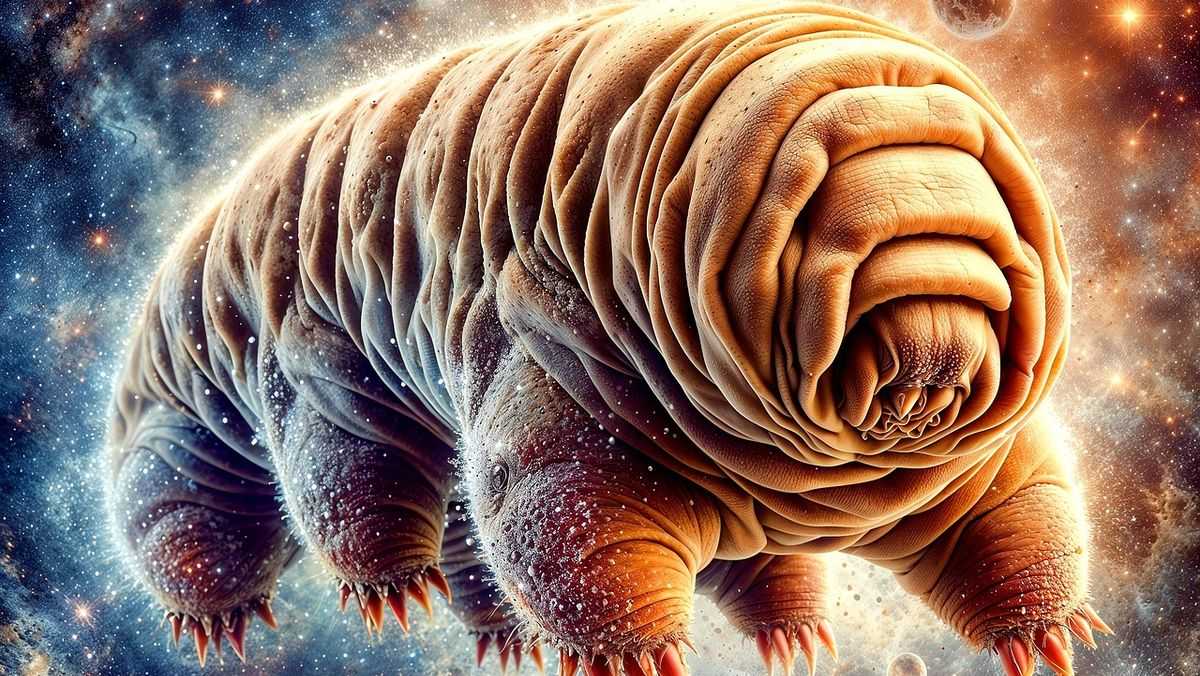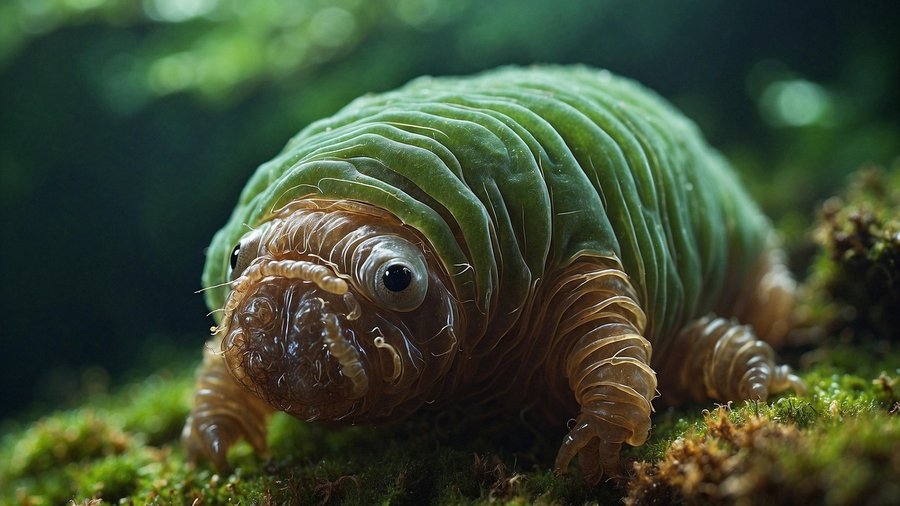Truth & Goodness
The Fall of the Literary Nobel: Why Are Laureates Unread?
14 December 2025

Tardigrades, also known as microscopic "water bears," have long astonished scientists with their resilience to extreme conditions – from deep freeze to cosmic radiation. Now, researchers are exploring whether their extraordinary abilities can be harnessed to protect humans in space. New discoveries on this matter were presented at the prestigious Lunar and Planetary Science 2025 conference.
Tardigrades, also known as water bears, are microscopic creatures inhabiting moss, leaves, and soil. Though unassuming in appearance, they possess abilities that would impress any science fiction hero. They can survive extreme temperatures – from near absolute zero to over 150°C – as well as high pressure, complete dehydration, and intense radiation. It’s no wonder they’ve become an object of fascination for researchers, especially those trying to understand their incredible survival in space.
During the Lunar and Planetary Science 2025 conference in Texas, groundbreaking research results were presented by Brazilian researcher Isadora Arantes and Prof. Geancarlo Zanatta from the Federal University of Rio Grande do Sul. Their discoveries could change our approach to life beyond Earth, including methods for survival in space.
Their attention was drawn to the Dsup protein (Damage Suppressor), which acts as a protective shield surrounding the DNA of tardigrades. Thanks to Dsup, their genetic material remains undamaged even under intense radiation. Dsup not only limits negative effects but also prevents mutations, making it crucial for these remarkable organisms’ survival in space.
Researchers used computer simulations to observe how Dsup functions at a molecular level.
Recommended: Scientists Sound the Alarm: Oxygen-Producing Microorganisms are Vanishing
Dsup isn’t the only piece of this puzzle. Tardigrades also possess other survival tools, such as heat shock proteins and antioxidant enzymes. These protect their cells from stress, high pressure, and oxidative damage. It is thanks to these mechanisms that these organisms can survive in conditions that would be immediately lethal for humans, proving that their survival in space is indeed possible.
According to the researchers, these abilities could help develop new biotechnological solutions, not just for astronauts, but also in medicine and agriculture. This includes protecting human cells from radiation or designing resilient plants that can survive harsh conditions, even beyond Earth. In the context of tardigrades, experts are looking at icy moons like Europa and Titan.

“The discoveries show that tardigrade resilience reflects potential life forms in extreme extraterrestrial environments like Mars, Europa, and Titan. Mars, with its highly irradiated environment and episodic liquid water presence, is an important reference point for research. Similarly, the icy moons Europa and Titan hide subsurface oceans and experience cryogenic conditions. All these places help us better understand the survival in space of extremophiles. For example, the stability of proteins in Titan’s subsurface ocean suggests the probability of life in water-ammonia mixtures under cryogenic conditions,” the researchers stated, as quoted by Universe Today.
If these organisms can survive in environments resembling Titan’s interior, it’s possible that similar life forms already exist elsewhere in the Solar System. Without a doubt, survival in space is a challenge that tardigrades may help solve.
“These studies underscore the broader significance of extremophiles in solving Earth-based challenges while contributing to the scientific foundations of future space missions,” adds Arantes.
Though they look like plush miniature caterpillars, tardigrades are among the most resilient organisms on Earth. They were discovered in 1773 by German zoologist Johann August Ephraim Goeze. The name Tardigrada means “slow walker,” and indeed, they are no sprinters, but they make up for it with incredible endurance. Their abilities for survival in space amaze scientists.
These microscopic invertebrates, measuring from 0.1 to 1 mm in length, can survive conditions lethal to most organisms. They withstand temperatures from -272°C, just one degree above absolute zero, to over 150°C. They survive in the vacuum of space, under pressure over 1200 times higher than Earth’s, and are resistant to radiation over 1000 times stronger than what would kill a human. What’s more, they can enter a state of anabiosis, curling up and almost completely halting all life processes to “wait out” difficult conditions.
Tardigrades live virtually everywhere – from Himalayan glaciers to ocean floors, from humid rainforests to urban rooftops. They are literally ubiquitous and almost indestructible.
Read more: Refineries Can Stop Smoking: A Revolution in Fuel Industry Approaches Eco-Friendly Oil Processing

Science
13 December 2025


Zmień tryb na ciemny